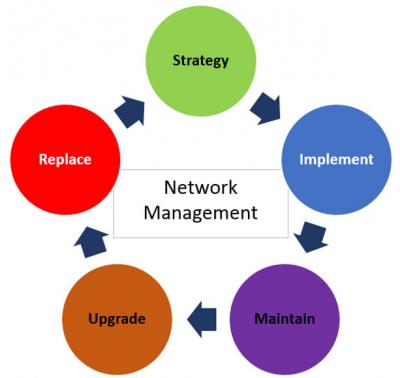Strategy Development
A well-managed network strategy should yield very few unknown surprises. The main components of network delivery can be broken down into four main areas:
- Network Health – The condition of the physical equipment and function of the network itself
- Network Performance – Successful delivery of technology to its users
- Network Security – How well does the network protect the users and the data that it manages
- Network Stability – The uptime of the network as well as the ability to sustain partial or full outages
For a comprehensive look at the network strategy it can be beneficial to evaluate the above criteria using a SWOT analysis. The changes the conversation to a yes or no and to a more meaningful state of condition on the four primary functions.
- Strengths – What can be identified as strong as it relates to the prior components
- Weaknesses – What areas are poised to lead to problems in the near future
- Opportunities – What aspects of the network can be improved through better management to deliver higher results in attaining the network objectives
- Threats – What conditions exist in the current network strategy that exposes the organization to risk and more importantly has the risk been properly assessed and accepted
Here are some signs your network strategy may not be meeting your organizational requirements
- Unplanned expenses – A solid network strategy should yield a well budgeted platform to meet the needs and requirements for the next 3-5 years. Even if budget does not exist to deliver the ideal network management, the risks of failure can be clearly communicated.
- Repetitive Network Outages – A network should be properly designed for the environment and needs it has to serve. Outages are synonymous to unplanned events and they should not be recurring in a consistent basis
- Irregular user experience – A planned network strategy should be able to deliver the best possible performance if it is planned with realistic budget needs.
- Unexpected data loss / Network availability – A solid network strategy needs to answer the question of what happens when a successful attack is executed. The level of risk, the time to recover, and the amount of acceptable intellectual loss should always be considered when establishing an effective strategy.

